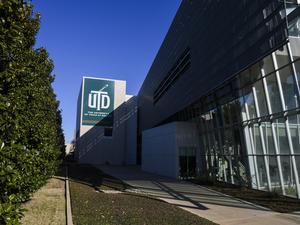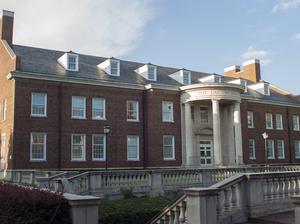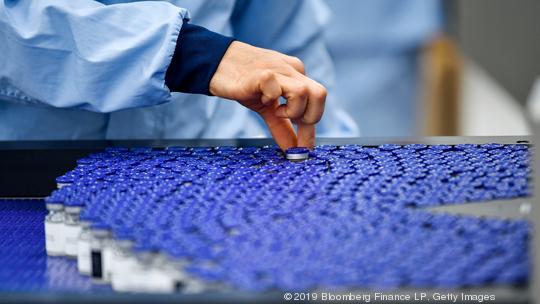
While cliché is of the next innovative, disruptive technology coming from a founder working away in a garage somewhere across North Texas and the country, new ideas and products are being developed in universities' halls and research labs.
Often, many university researchers’ headlines don’t make it in the publications that are read far and wide. Nonetheless, their ideas and technology form the basis of new companies and inspire the work of others. NTX Inno’s coverage of the local startup scene often brings us to brushes into the space, so we decided to dive deeper to find those researchers whose work is worthy of keeping an eye on.
Like many companies, the pandemic has caused many to get creative to continue their work while academic institutions limited access and went to virtual models. However, this list – ranging from long-running, well-funded projects to those starting and spanning several industries – highlights those working on solutions to solve some of the biggest challenges in the world with the most potential to make the jump from research projects to the game-changing business.
Similar to NTX Inno’s annual Startups to Watch list, projects selected were compiled with the help of local university leaders and chosen based on Inno’s editorial process.
So, let’s shine a spotlight on the researchers that could likely be seeing a lot more attention shortly. Here are NTX Inno’s Researchers to Watch:
Sai Chavala, MD, professor of surgery at Texas Christian University and the UNT Health Science Center School of Medicine.
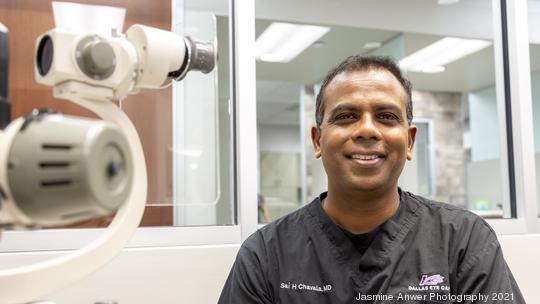
Dr. Sai Chavala’s research aims to restore patients' sight, but the potential implications of his work could impact more than what meets the eye. Leading a collaborative team of researchers from Texas Christian University and the University of North Texas Health Science Center, Chavala has developed a method that essentially reprograms skin cells into retinal cells. To treat degenerative retinal diseases, the therapy uses a molecular compound to transform the skin cells to mimic rod receptors normally produced by the outside layer of the retina. The process can bypass the controversial use of stem cells but can potentially use skin cells in similar ways, with uses in other tissues in the body. Last year, Chavala’s team announced the therapy was effective in restoring sight to mice.
Chavala’s research has attracted between $1 million and $5 million in funding from places like the National Eye Institute. On the private side, Chavala has landed funding from Chicago biomedical research accelerator Paragon Biosciences to launch spinoff commercialization company CiRC Bioscience in February. That helped the company land an Orphan Drug Designation from the FDA in March for pre-clinical development of its therapy. The company expects full FDA approval within the next two to three years.
In addition to his work with local universities and CiRC, Chavala is also executive director at the Center for Retina Innovation and director of retina services at Kleinman Evangelista Eye Centers of Texas. He’s also worked with other biotech startups in the region, serving on the board for Bedford-based startup Nanoscope Therapeutics.
Rym Zalila-Wenkstern, associate professor of computer science at UT Dallas
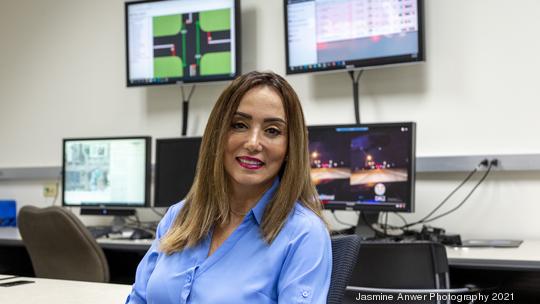
Rym Zalila-Wenkstern’s work and that of doctoral student Behnam Torabi began around 2016 after growing frustrated with the traffic congestion that occurred going to and from UT Dallas each day. To solve that, Zalila-Wenkstern and the team developed DALI or Distributed Agent-based traffic Light. Using artificial intelligence, the technology allows traffic lights to collaborate to adjust signal timing and reduce congestion. A technology pilot, tested at Waterview Parkway, near the university, reduced stoplight waiting times by around 40%. Zalila-Wenkstern jokes that the system worked so well, it began causing delays at other intersections not using the patented DALI smart system.
Zalila-Wenkstern is also the principal investigator for UT Dallas’ Center for Smart and Connected Mobility, one of five new research hubs the university is bringing to Richardson’s Innovation Quarter under the school’s Venture Development Center. She was the previous founder of UT Dallas’ Executive Master’s of Science in Software Engineering program. And on the private side of things, Zalila-Wenkstern is the ZW Corp leader, a stealthy Plano-based startup venture focused on developing a web-based, multi-agent system.
Bruce Gnade, executive director of the Hart Center for Engineering Leadership at Southern Methodist University
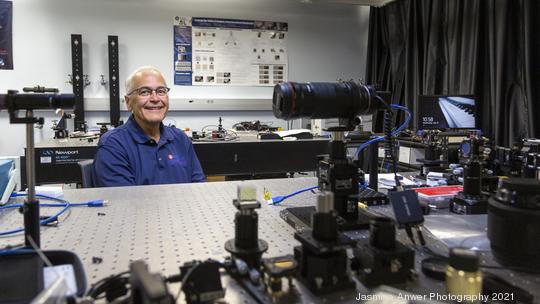
Bruce Gnade has more than 120 U.S. and foreign patents to his name. And ones he received while working with Texas Instruments in the 80s and 90s have caught the interest of the Department of Defense. His professional background also includes stints at electronica manufacturer PixTech and DARPA. His work at the university is focused on electronic materials and devices in various applications, working to understand their effectiveness in harsh environments. The work has attracted several investors, largely from the defense sector, totaling nearly $3 million in grants and other funding.
Gnade has teamed up with former Raytheon Senior Technical Director and SMU Visiting Research Professor Bruce Snider to launch Mustang Optics to commercialize the generative adversarial network technology he is developing. The company focuses on broad-spectrum digital optical systems, which have applications in things ranging from wavefront sensing and directional infrared countermeasures to additive manufacturing and spectroscopy.
Gnade has made an impact at other local universities. He previously served as a vice president of research at UT Dallas, where he was responsible for helping boost the university’s research expenditures from $45 million to $100 million. Gnade is also a fellow of the American Physical Society, the Institute of Electrical and Electronics Engineers and the National Academy of Inventors.
Ali Farzbod, adjunct professor of thermodynamics at UT Arlington
Ali Farzbod came to UT Arlington from Iran, where he got his first brush with electrochemical sensors. While working on a research project using fluids and sensors to analyze cells and tissues, which was backed by a nearly $410,000 National Science Foundation grant, he became interested in using the technology in the energy industry. That eventually led to the launch of the startup SeebeckCell Technologies, which looks to capture heat loss from various sources and convert it into usable electricity.
With $20,000 in in-kind prizes from the Rice Business Plan Competition and an acceptance into the Capital Factory VIP accelerator program, first focused SeebeckCell on Texas’ oil and gas industry. He also uses the technology to work with data centers and cryptocurrency mining operations, using heat emitted from computers and the temperature difference between cooling agents used to generate more electricity. Farzbod previously told NTX Inno, the company was preparing to launch a $1 million seed round shortly.
Sid O’Bryant, executive director of the Institute for Translational Research at the University of North Texas Health Science Center
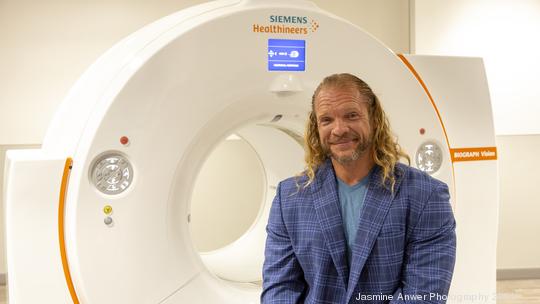
Last year, researchers led by Sid O’Bryant landed a grant from the National Institutes of Health totaling nearly $45 million – the UNT Health Science Center’s largest to date. And with that funding, the team is looking to develop a high-tech imaging center to expand its five-year HABLE study, which looks at the biological changes Alzheimer’s disease makes in the brain in different ethnicities. Already more than 2,000 Black and Latinx people from across the country have signed up.
He has also received a separate $6.5 million grant to develop a blood test to detect the early stages of the disease in patients. However, O-Bryant said researchers at the university are using the work to develop tests for other brain diseases like Parkinson’s, Down syndrome and dementia.
